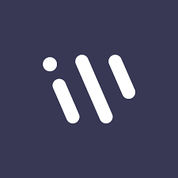Amplication is a New SaaS Software. Amplication offers Version Control, For Developers, Webhooks, Graphical User Interface, Code Completion and many more functionalities.
Some top alternatives to Amplication includes CitizenDeveloper, Qualified, AdminJS, Depot and AppSeed.
Yes, Amplication provides API.
No, Amplication doesn't provide mobile app.
Amplication is located in Tel Aviv, Israel
Amplication offers Freemium, Open-source, Quotation Based pricing models
The starting price is not disclosed by Amplication. You can visit Amplication pricing page to get the latest pricing.














